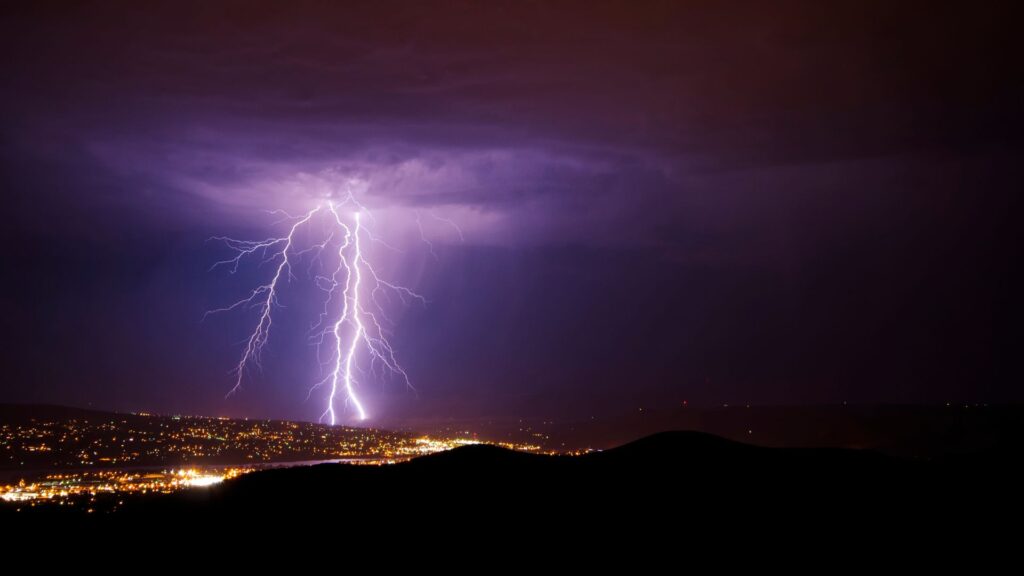A lightning bolt can contain a significant amount of electricity, typically ranging from 1 billion to 1 trillion volts and carrying currents of up to 200,000 amps. The exact amount of electricity in a lightning bolt can vary depending on the size and duration of the bolt, but on average, it’s estimated that a single lightning bolt can carry around 5 billion joules of energy.
To put that in perspective, that’s enough energy to power a typical American household for about a month. To provide some context, a single lightning bolt contains enough electricity to power a small town for an entire day!
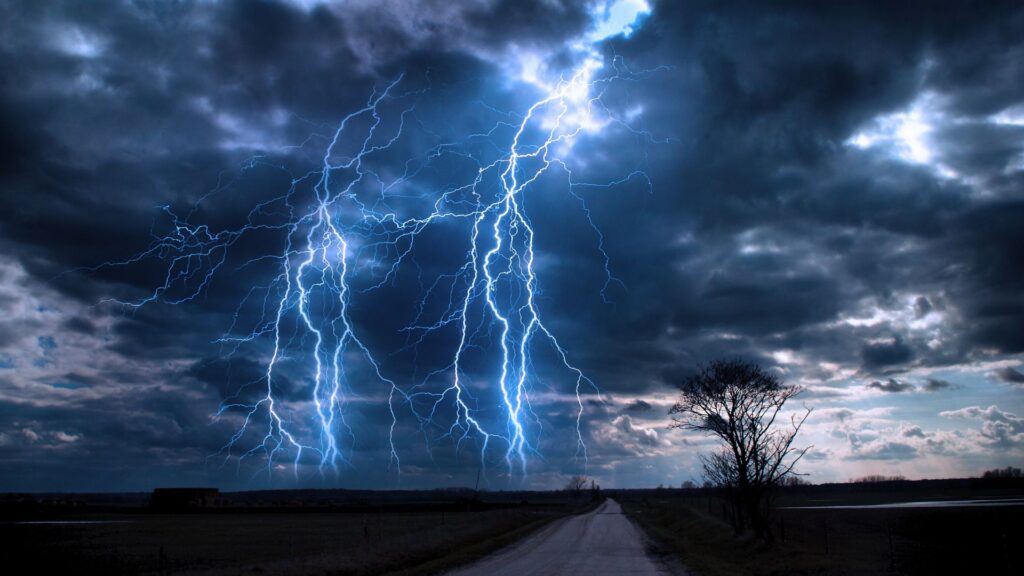
Introduction
Have you ever watched a thunderstorm and marveled at the power and beauty of lightning? If so, you might have wondered just how much electricity a lightning bolt contains. In this article, we’ll explore the science behind lightning, how it forms, and the energy it packs.
We’ll also discuss the challenges and possibilities of harnessing this immense power source. So, let’s dive in and uncover the electrifying world of lightning!
Understanding Lightning
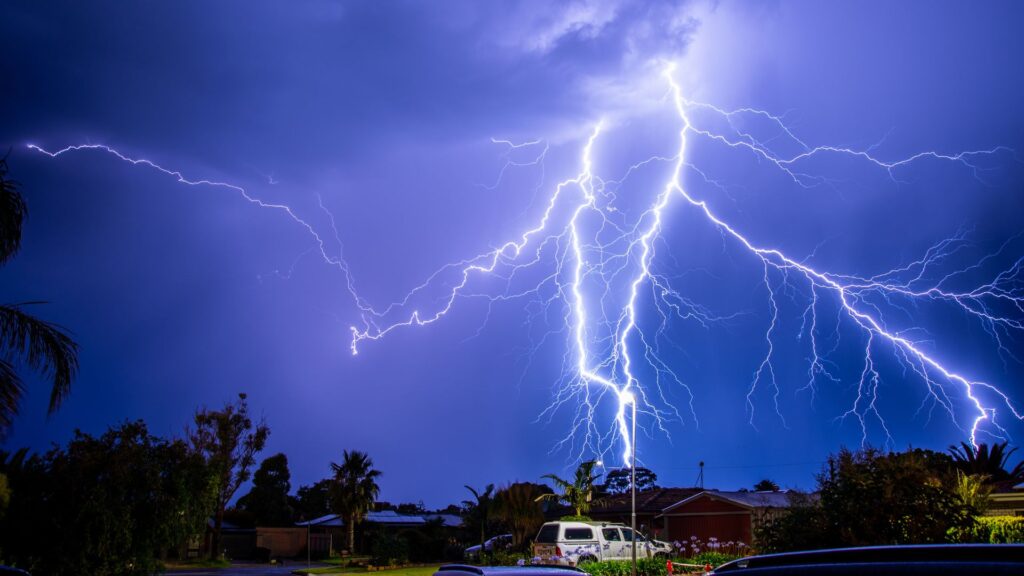
What is lightning?
Lightning is a natural atmospheric electrical discharge that occurs between regions of opposite charge in the atmosphere or between the ground and the atmosphere.
This powerful force of nature is accompanied by thunder, which is caused by the rapid heating and cooling of the air around the lightning channel.
Types of lightning
There are several types of lightning, including cloud-to-ground, intracloud, and cloud-to-cloud. Cloud-to-ground lightning is the most familiar type, as it’s visible and can strike the Earth’s surface. Intracloud and cloud-to-cloud lightning occur within and between clouds, respectively, and are typically not as noticeable.
Formation of a Lightning Bolt
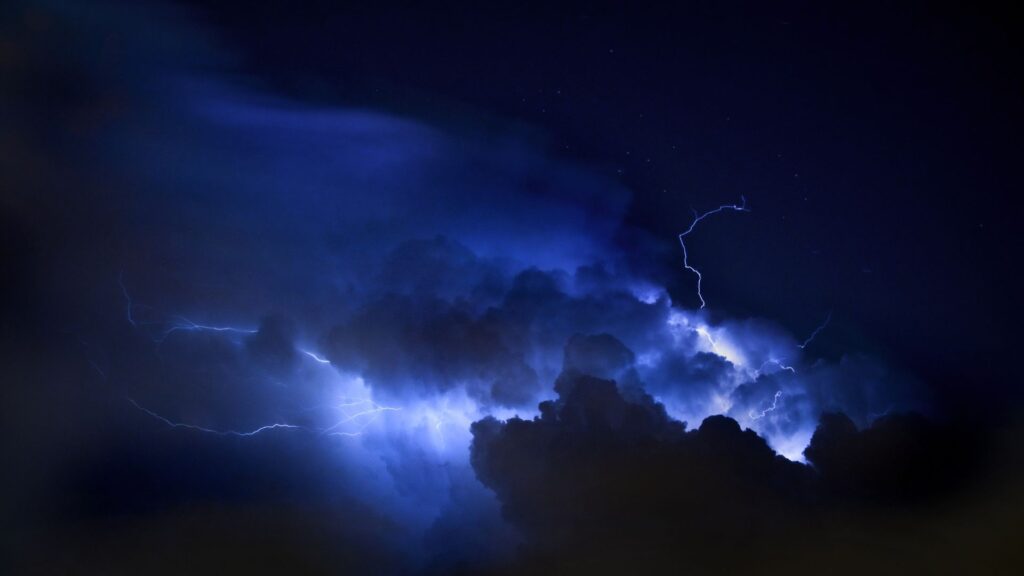
Charge separation
Lightning bolts form when electrical charges build up within storm clouds. The process begins with the upward movement of warm, moist air. As the air rises, it cools and forms ice crystals and water droplets.
Collisions between these particles cause a charge separation, with positively charged particles rising to the top of the cloud and negatively charged particles sinking to the bottom.
Discharge process
When the charge separation becomes large enough, an electrical discharge occurs in the form of a lightning bolt. This discharge can occur within the cloud, between clouds, or between the cloud and the ground.
The resulting lightning bolt is a massive electrical current that can reach temperatures of up to 30,000 Kelvin—five times hotter than the surface of the sun!
Measuring the Electricity in a Lightning Bolt

Voltage
The voltage of a lightning bolt refers to the electrical potential difference between the regions of opposite charge. A typical lightning bolt has a voltage of around 100 million volts. However, this can vary greatly depending on the specific conditions of the storm.
Current
Current, measured in amperes (A), is the flow of electric charge through a conductor. Lightning bolts have incredibly high currents, with an average value of 20,000 to 30,000 amperes. However, some lightning bolts can have currents exceeding 200,000 amperes!
Energy Content of a Lightning Bolt
The energy content of a lightning bolt can be calculated by multiplying its voltage by its current and the duration of the discharge. For a typical lightning bolt with a voltage of 100 million volts, a current of 30,000 amperes, and a duration of 30 microseconds, the energy content would be around 90 kilowatt-hours (kWh). That’s enough energy to power an average American household for about three days!
Harnessing the Power of Lightning
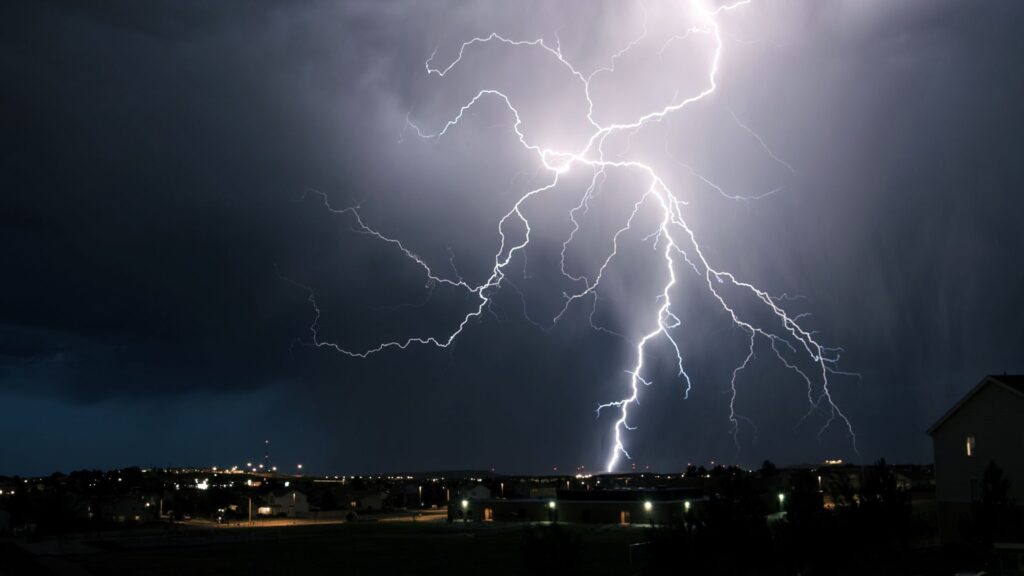
Challenges in capturing lightning energy
While the idea of capturing and using lightning energy is undoubtedly appealing, several challenges make it difficult.
First, lightning is highly unpredictable and occurs in brief, intense bursts. Second, the high voltage and current levels make it challenging to design systems capable of withstanding the power without sustaining damage.
Finally, the energy must be stored and converted into a usable form, which adds complexity to the process.
Potential solutions
Researchers are working on developing new technologies to address these challenges. One promising approach involves using specialized towers and conductive materials to attract lightning strikes and safely capture their energy.
Another possibility is using advanced battery systems to store the energy quickly and efficiently. While these solutions are still in the experimental stage, they hold great potential for future clean energy applications.

Lightning Safety Tips
Given the immense power of lightning, it’s essential to follow safety precautions during thunderstorms. Here are a few tips to keep in mind:
- Seek shelter: If you hear thunder, find a safe place indoors, such as a sturdy building or a hard-topped vehicle.
- Stay away from windows and doors: Keep a safe distance from windows, doors, and any conductive materials that could carry a lightning current.
- Avoid using electronics: Refrain from using electronic devices, including corded phones and computers, during a storm.
- Stay clear of water: Water conducts electricity, so avoid swimming, bathing, or any water-related activities during a thunderstorm.
- Wait it out: After the last clap of thunder, wait at least 30 minutes before resuming outdoor activities.

Conclusion
Lightning bolts are awe-inspiring natural phenomena that contain vast amounts of electrical energy. Although harnessing this power remains a challenge, researchers are exploring innovative ways to overcome these obstacles and utilize lightning as a clean energy source.
In the meantime, it’s crucial to stay safe during thunderstorms and appreciate the raw power of nature from a distance.
FAQs
1. What causes lightning?
Lightning occurs due to charge separation within storm clouds, leading to an electrical discharge between regions of opposite charge.
2. How hot is a lightning bolt?
A lightning bolt can reach temperatures of up to 30,000 Kelvin, which is five times hotter than the surface of the sun.
3. How much energy does a typical lightning bolt contain?
A typical lightning bolt contains around 90 kilowatt-hours (kWh) of energy, enough to power an average American household for about three days.
4. Can we harness the power of lightning for energy?
While capturing and using lightning energy is challenging due to its unpredictability and high voltage and current levels, researchers are developing new technologies to address these issues and potentially utilize lightning as a clean energy source.
5. How can I stay safe during a thunderstorm?
To stay safe during a thunderstorm, seek shelter indoors, stay away from windows and doors, avoid using electronics, keep clear of water, and wait at least 30 minutes after the last clap of thunder before resuming outdoor activities.
For further exploration of the wonders of the sky, check out; Transient Luminous Events: A Journey Into the Sky’s Mysteries.
